1. Zarb GA, Fenton AH. 2012. Prosthodontic treatment for edentulous patients. 13th ed. Mosby/Elsevier;St. Louis: p. 133. p. 136. p. 140.
2. Anusavice KJ, Shen C, Rawls R. 2012. Phillips’ science of dental materials. 12th ed. Saunders/Elsevier;Philadelphia: p. 94. p. 97. p. 480. p. 481. p. 483.
5. Sasaki H, Hamanaka I, Takahashi Y, Kawaguchi T. 2016; Effect of long-term water immersion or thermal shock on mechanical properties of high-impact acrylic denture base resins. Dent Mater J. 35:204–9. DOI:
10.4012/dmj.2015-291. PMID:
27041009.
6. Kim SH, Watts DC. 2004; The effect of reinforcement with woven E-glass fibers on the impact strength of complete dentures fabricated with high-impact acrylic resin. J Prosthet Dent. 91:274–80. DOI:
10.1016/j.prosdent.2003.12.023. PMID:
15060499.
8. John J, Gangadhar SA, Shah I. 2001; Flexural strength of heat-polymerized polymethyl methacrylate denture resin reinforced with glass, aramid, or nylon fibers. J Prosthet Dent. 86:424–7. DOI:
10.1067/mpr.2001.118564. PMID:
11677538.
9. Huggett R, Bates JF, Packham DE. 1987; The effect of the curing cycle upon the molecular weight and properties of denture base materials. Dent Mater. 3:107–12. DOI:
10.1016/s0109-5641(87)80040-4. PMID:
3481584.
10. El Ghazali S, Glantz PO, Strandman E, Randow K. 1989; On the clinical deformation of maxillary complete dentures. Influence of denture-base design and shape of denture-bearing tissue. Acta Odontol Scand. 47:69–76. DOI:
10.3109/00016358909167305. PMID:
2655371.
11. Murakami N, Wakabayashi N, Matsushima R, Kishida A, Igarashi Y. 2013; Effect of high-pressure polymerization on mechanical properties of PMMA denture base resin. J Mech Behav Biomed Mater. 20:98–104. DOI:
10.1016/j.jmbbm.2012.12.011. PMID:
23455166.
13. Diaz-Arnold AM, Vargas MA, Shaull KL, Laffoon JE, Qian F. 2008; Flexural and fatigue strengths of denture base resin. J Prosthet Dent. 100:47–51. DOI:
10.1016/S0022-3913(08)60136-5. PMID:
18589074.
14. Neihart TR, Li SH, Flinton RJ. 1988; Measuring fracture toughness of high-impact poly(methyl methacrylate) with the short rod method. J Prosthet Dent. 60:249–53. DOI:
10.1016/0022-3913(88)90325-3. PMID:
3172010.
16. International Organization for Standardization. 2015. Dentistry - base polymers. Part 1: denture base polymers. ISO 20795-1:2013. ISO;Geneva:
17. American Society for Testing and Materials International. Standard test methods for flexural properties of unreinforced plastics and electrical insulating materials. ASTM D790.
18. Gharechahi J, Asadzadeh N, Shahabian F, Gharechahi M. 2014; Flexural strength of acrylic resin denture bases processed by two different methods. J Dent Res Dent Clin Dent Prospects. 8:148–52. DOI:
10.5681/joddd.2014.027. PMID:
25346833. PMCID:
PMC4206756.
20. Bidra AS, Taylor TD, Agar JR. 2013; Computer-aided technology for fabricating complete dentures: systematic review of historical background, current status, and future perspectives. J Prosthet Dent. 109:361–6. DOI:
10.1016/S0022-3913(13)60318-2. PMID:
23763779.
21. Pereyra NM, Marano J, Subramanian G, Qeuk S, Leff D. 2015; Comparison of patient satisfaction in the fabrication of conventional dentures vs. DENTCA (CAD/CAM) dentures: A case report. J N J Dent Assoc. 86:26–33. PMID:
26242110.
22. Goodacre CJ, Garbacea A, Naylor WP, Daher T, Marchack CB, Lowry J. 2012; CAD/CAM fabricated complete dentures: concepts and clinical methods of obtaining required morphological data. J Prosthet Dent. 107:34–46. DOI:
10.1016/S0022-3913(12)60015-8. PMID:
22230914.
23. Kydd WL. 1960; The comminuting efficiency of varied occlusal tooth form and the associated deformation of the complete denture base. J Am Dent Assoc. 61:465–71. DOI:
10.14219/jada.archive.1960.0203. PMID:
13755561.
24. Steinmassl PA, Wiedemair V, Huck C, Klaunzer F, Steinmassl O, Grunert I, Dumfahrt H. 2017; Do CAD/CAM dentures really release less monomer than conventional dentures? Clin Oral Investig. 21:1697–705. DOI:
10.1007/s00784-016-1961-6. PMID:
27704295. PMCID:
PMC5442236.
25. Aguirre BC, Chen JH, Kontogiorgos ED, Murchison DF, Nagy WW. 2020; Flexural strength of denture base acrylic resins processed by conventional and CAD-CAM methods. J Prosthet Dent. 123:641–6. DOI:
10.1016/j.prosdent.2019.03.010. PMID:
31353106.
26. Al-Dwairi ZN, Tahboub KY, Baba NZ, Goodacre CJ. 2020; A comparison of the flexural and impact strengths and flexural modulus of CAD/CAM and conventional heat-cured polymethyl methacrylate (PMMA). J Prosthodont. 29:341–9. DOI:
10.1111/jopr.12926. PMID:
29896904.
27. Arslan M, Murat S, Alp G, Zaimoglu A. 2018; Evaluation of flexural strength and surface properties of prepolymerized CAD/CAM PMMA-based polymers used for digital 3D complete dentures. Int J Comput Dent. 21:31–40. PMID:
29610779.
28. Steinmassl O, Offermanns V, Stöckl W, Dumfahrt H, Grunert I, Steinmassl PA. 2018; In vitro analysis of the fracture resistance of CAD/CAM denture base resins. Materials (Basal). 11:401. DOI:
10.3390/ma11030401. PMID:
29518022. PMCID:
PMC5872980.
29. Pacquet W, Benoit A, Hatège-Kimana C, Wulfman C. 2019; Mechanical properties of CAD/CAM denture base resins. Int J Prosthodont. 32:104–6. DOI:
10.11607/ijp.6025. PMID:
30677121.
31. Gajewski VE, Pfeifer CS, Fróes-Salgado NR, Boaro LC, Braga RR. 2012; Monomers used in resin composites: degree of conversion, mechanical properties and water sorption/solubility. Braz Dent J. 23:508–14. DOI:
10.1590/s0103-64402012000500007. PMID:
23306226.
33. Ruyter IE, Oysaed H. 1987; Composites for use in posterior teeth: Composition and conversion. J Biomed Mater Res. 21:11–23. DOI:
10.1002/jbm.820210107. PMID:
3558436.
34. Lee YS, Choi KK, Park SJ. 2002; Effect of resin matrix on degree of conversion and fracture toughness of dental composites. J Korean Acad Conserv Dent. 27:77–86.
35. Peng L, Chen L, Harris BT, Morton D, Lin WS. 2017; Managing complications resulting from limited prosthetic space with a monolithic, multichromatic CAD/CAM implant-retained overdenture. J Prosthet Dent. 118:712–6. DOI:
10.1016/j.prosdent.2017.01.022. PMID:
28456371.
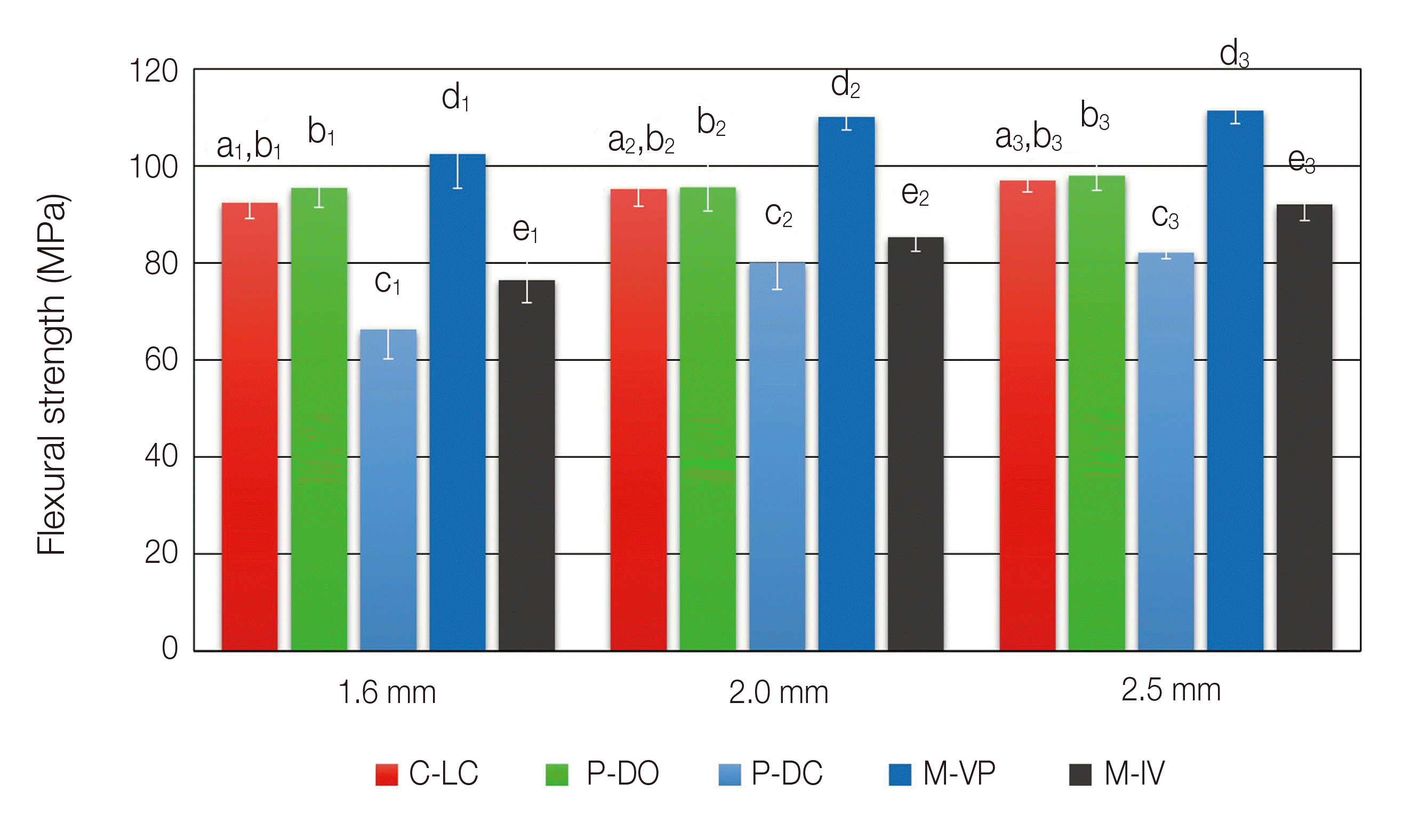
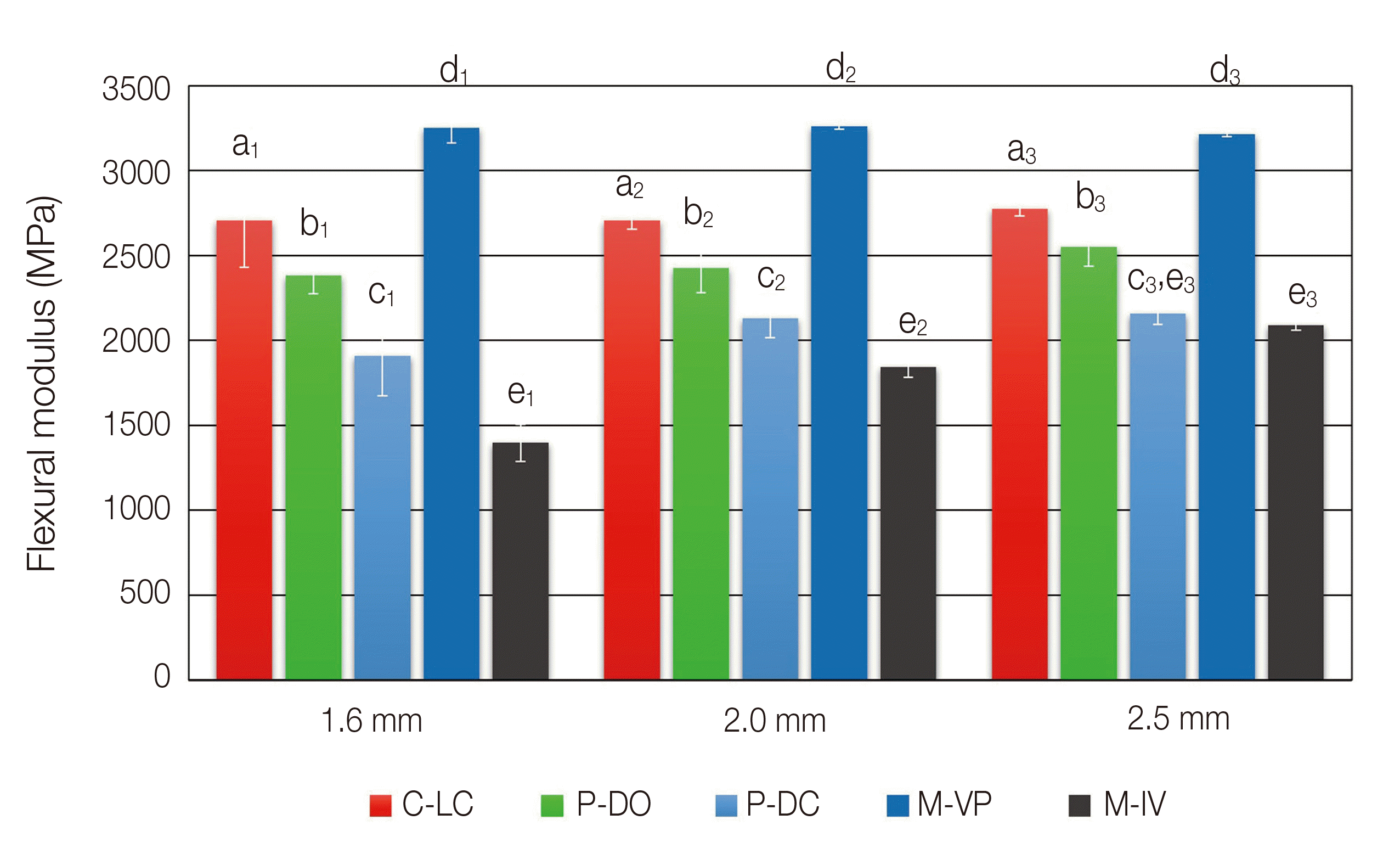
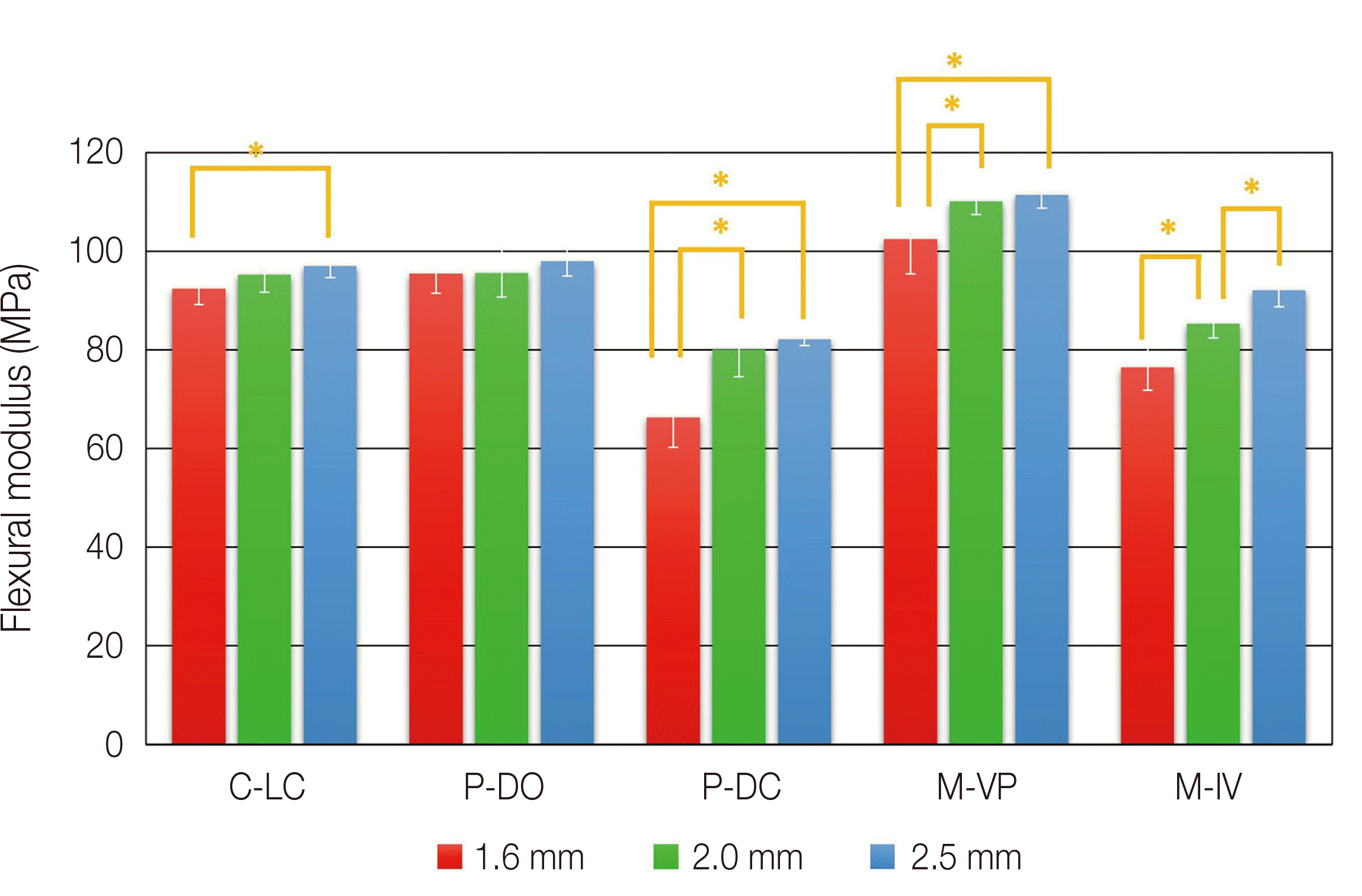




 PDF
PDF Citation
Citation Print
Print



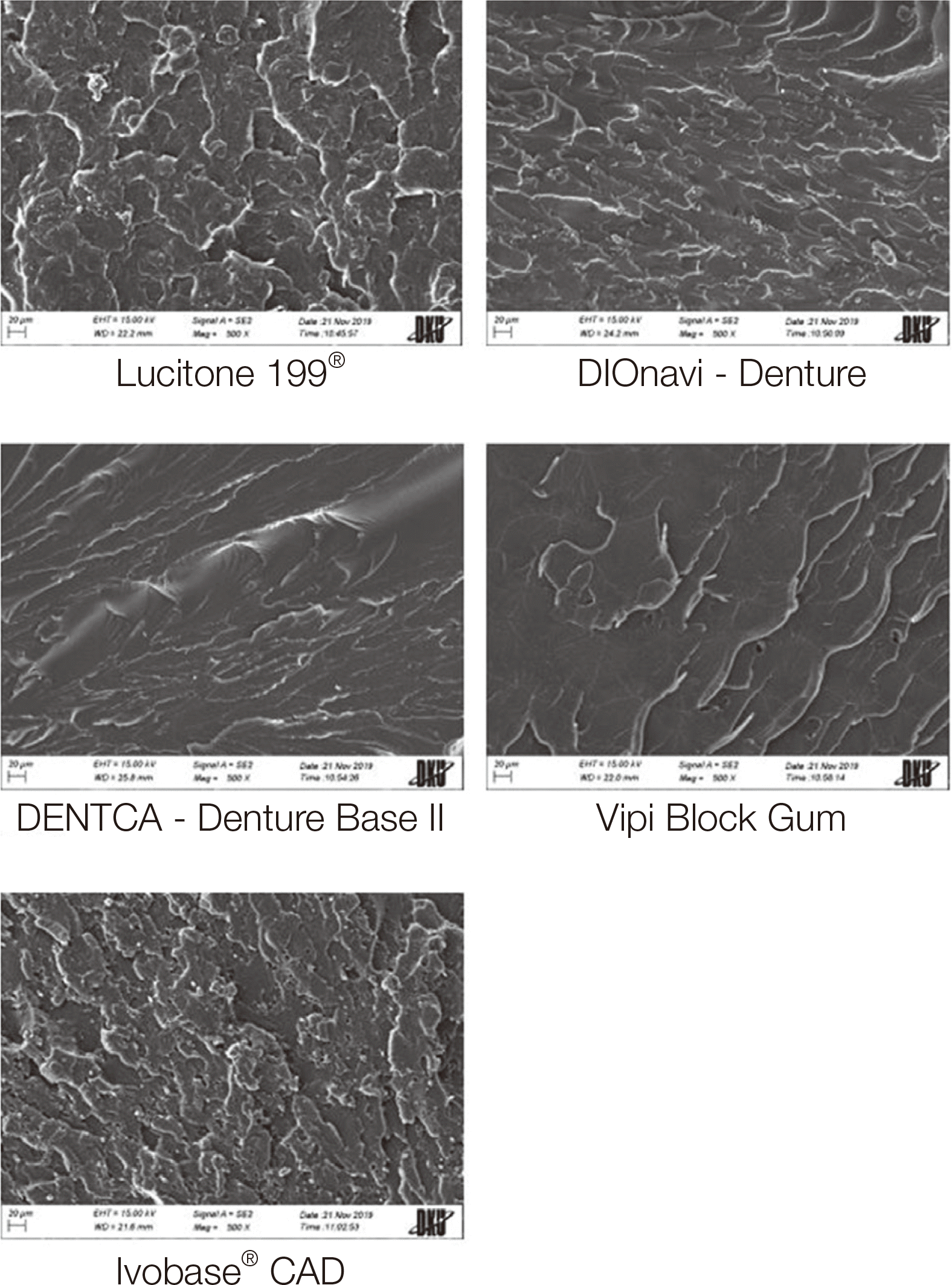
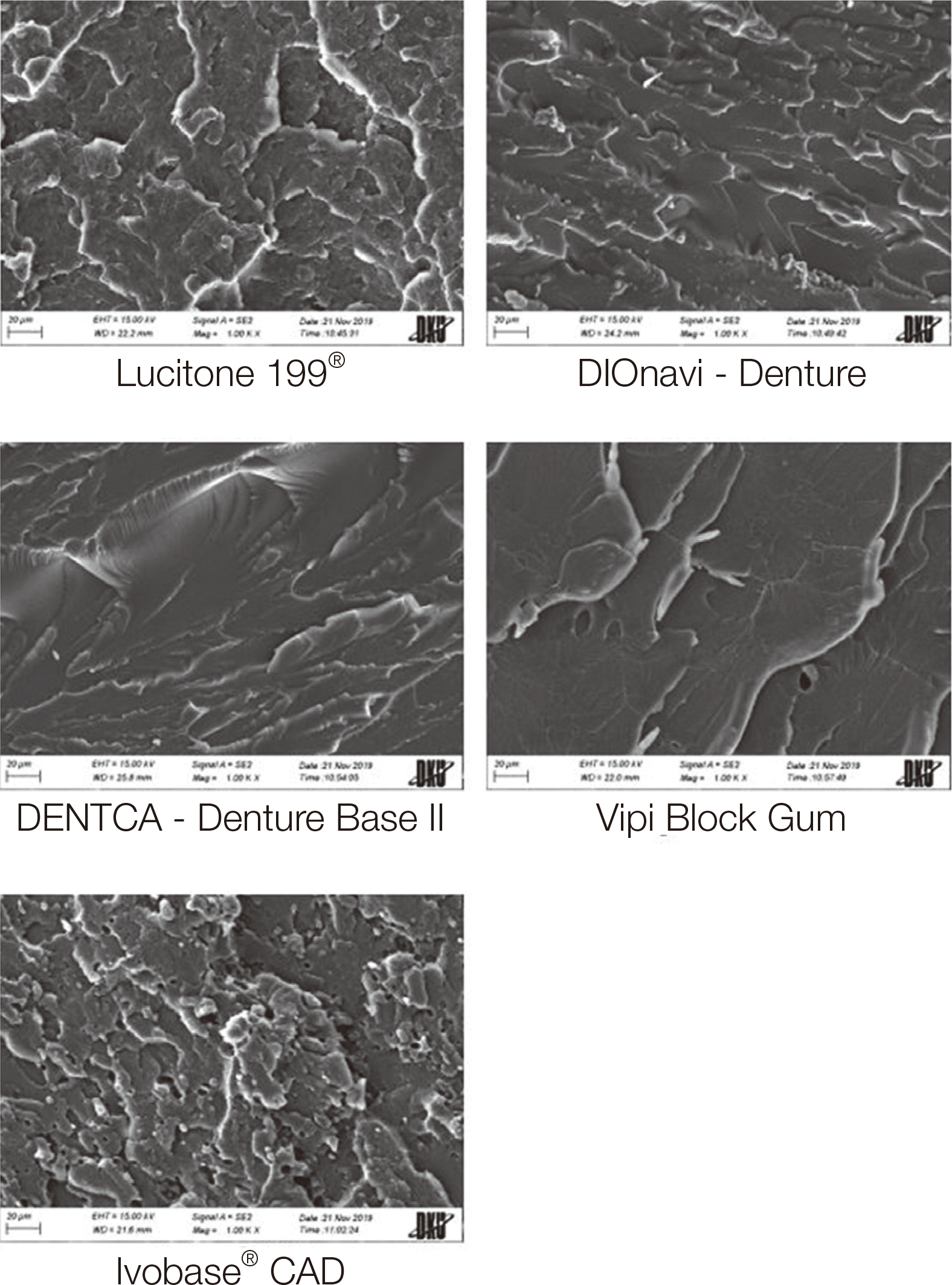
 XML Download
XML Download